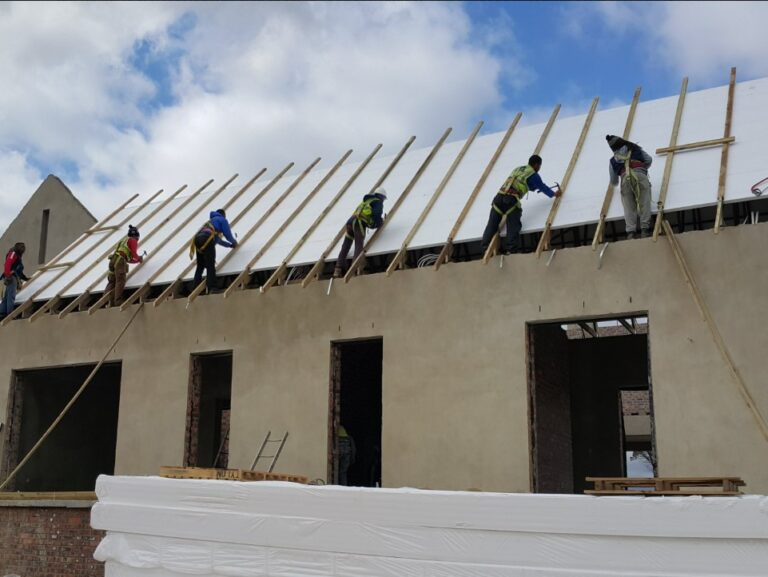Nowadays, in construction, thermal insulation of walls is one of the most popular interventions. On the other hand, its advantages are considerable. It allows both to improve the level of living comfort in the house and to save on heating by lowering energy consumption, resulting in an important reduction in air conditioning costs.
Depending on various factors, such as location and building structure, the right thermal insulation and available insulation techniques must be chosen.
Each has its own characteristics and offers specific benefits. Let’s delve into this topic focusing mainly on the most ‘green’ solutions, all to the benefit of our health and the environment.
Table of Contents
Thermal insulation: what it consists of
The intervention is aimed at rebalancing the internal microclimate of a home so that the house is warmer in winter and cooler during the warmer season.
This reduces the operating regime of heating elements and air conditioners, resulting in economic savings, associated with a comfortable feeling of well-being.
The benefits of thermal insulation
A well-insulated building ensures a number of advantages. Let us analyze them more specifically:
- greater living comfort;
- energy and therefore economic savings (it is possible to achieve bill savings of up to 70%-80%);
- elimination of thermal bridges, the critical points with strong heat loss due to almost zero thermal resistance;
- resolution of problems such as the presence in the house of moisture and condensation;
- reduction of emissions of harmful substances and pollutants;
- practically absent maintenance costs.
What are thermal insulation interventions?
The main interventions aimed at achieving improved thermal insulation are:
- insulation;
- floors;
- windows including frames;
- replacement of air conditioning systems;
- thermal insulation coatings.
Among the solutions available for insulating buildings, the best known and most widely used is the implementation of thermal insulation coating.
Making a thermal coat means applying insulation panels outside the wall. Solution that offers various advantages such as the reduction of thermal bridges.
It can be carried out either in the case of a building under construction or when work is to be done on an existing building. In the latter case, before proceeding with the implementation, it is essential to check the feasibility of the intervention, both at the technical level and for possible permits.
When it is not possible to apply exterior insulation, that is, it is not possible to intervene in any way on the facade, the alternative is to install a layer of interior thermal insulation.
Insulating plasters can be found on the market. They do not guarantee the same level of performance, but they still help reduce thermal bridges.
The insulation can then also be placed in an intermediate layer of masonry, that is, between two structural layers.
What is the best material?
In the variety of insulation panels for interior walls, prices depend mainly on the type of material and its performance. There is a wide range of products on the market from which you can choose according to your needs.
Here are the main types of insulation materials:
- of synthetic origin;
- synthetic thermal insulation felts and bulk polymeric insulation materials;
- of plant origin;
- of mineral origin.
Read also: New EU directive on green houses, by 2030 conversion to energetic class E












